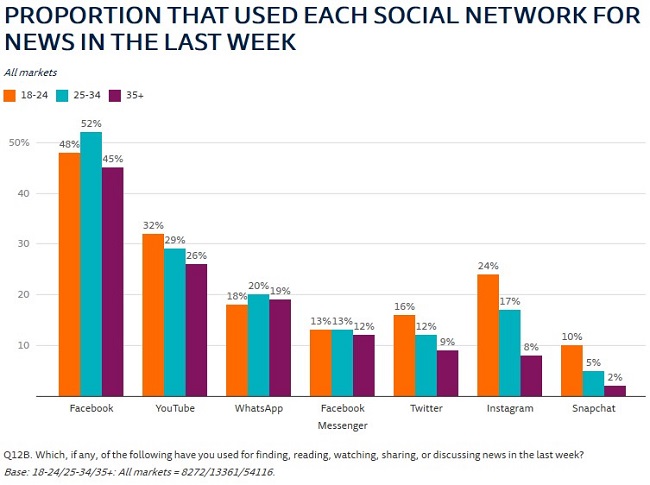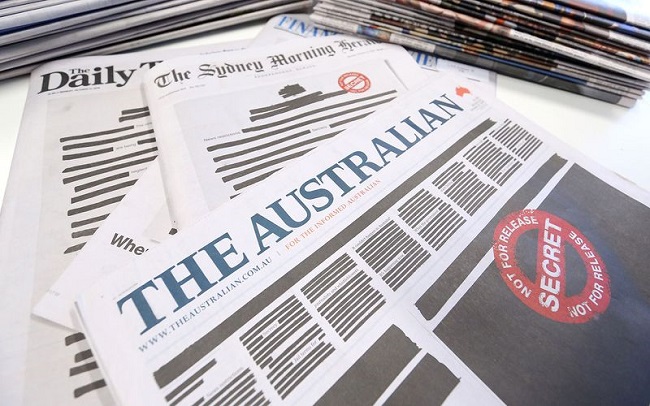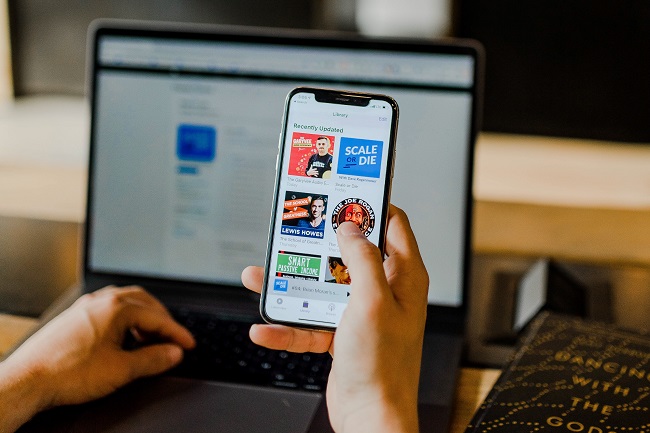by Amelia Stubley
December 23, 2019
Public Relations
How do younger Australians digest the daily headlines with their avo toast? Let’s break down some of the latest news consumption habits of Millennials and how to target their digital sweet spots.
Full disclosure – I am a Millennial. So, I can offer some firsthand insights into how we like to get our news and some valid reasons as to why you should listen.
A Millennial can be categorised as someone born from roughly 1980 to 1996. We currently account for almost half of Australia’s workforce and we are a complex breed that marketers often feel evade them.
By understanding the various platforms that tickle a Millennial’s news fancy, communications professionals can solve the enigma of the Internet Generation and target us in our natural habitat.
Let’s break down some stereotypes first…
So, you think we all only use our smartphones to scroll through Instagram, looking at how good other people’s lives are and feeling sorry for ourselves? OK, Boomer (viral internet slang phrase used in an ironic manner to call out or dismiss out-of-touch or closed minded opinions associated with the Baby Boomer generation).
This stereotype is somewhat true – I can endorse that we are typically tech-savvy and “plugged in 24/7”. We inhale the rapidly changing media landscape that Baby Boomers tend to lean away from. In fact, we eat it with our smashed avo for breakfast.
We like to communicate through text, email and various social media channels, which may appear to be light and fluffy, but don’t underestimate our understanding or appetite for the big issues.
Millennials are discerning because we grew up knowing that we have to be our own “fact checkers.” Whereas, according to the New York Times, older generations are more likely to believe and share ‘fake news’ than younger people.
While Baby Boomers tend to be sceptical of new news outlets and stick to their favourite newspaper, morning radio and evening TV news, Millennials are fond of a ‘pick-and-mix’ relationship with a variety of news channels.
Although some of us have nostalgia for more traditional forms of media, such as the physicality of a newspaper, we tend to be less loyal than our parents.
Millennials are big on speed and personalisation, and the way we choose our news is no different.
What we want and how we get it
I know how I like my news, just like I know how I like my coffee, and I appreciate when companies recognise this.
Nothing kicks off a Millennial’s day quite like an automated ABC News bot giving you your opt-in headlines en route to your favourite local café where, of course, they greet you by name and have your filtered coffee order ready-to-go.
Give us the headlines quickly and effectively – a preference that is made increasingly easy by ever-evolving technology.
It’s nice when news sites recognise that we would like the news conveniently peppered throughout our Instagram feeds between pictures of influencers in bikinis and funny dog videos.
A recent study by Reuters Institute explores How Younger Generations Consume News Differently, finding that 64 percent of millennials use digital outlets to stay up-to-date with the world’s activities. The research focuses on how a large proportion of Millennial media use is also “on-demand and algorithmically curated/personalised”, such as Instagram and Facebook. In a nutshell we want our news to be easy, but not ‘dumbed-down’. We want it to be entertaining, but not at the cost of meaning and authenticity.
Facebook chatbots are a fantastic example of innovative platforms that do this well. A bot is a generic term used to explain any software that automates a task, which anyone can build using the Facebook Messenger app. Facebook’s Wit.ai Bot Engine is a form of artificial intelligence (AI), in the sense that it can turn natural language into structure data and, consequently, understand conversational language and ‘learn’ from interactions.
Have I lost you yet?
It’s really not as complicated as it sounds. For example, I use the ABC News and The Australian news Facebook chatbots as my news appetiser when I’m on my way to work every morning because it’s spoon-fed to me in an easy, entertaining way. You can simply read the headlines or get more detail on the stories you choose, with an option for receiving breaking news – the dream for a public relations professional.
Instagram, Twitter, WhatsApp, YouTube, podcasts and Reddit are also used by many Millennials to find, read, watch, share and discuss news (see below for a graph of under 35’s social media news consumption in a week).

For instance, I may use Facebook chatbots for news headlines in the morning but also look at News.com.au’s Instagram story for more information on a specific topic, such as the UK election results. Once at my desk, I might hop online and read more detail on special news sites, such as The Sydney Morning Herald or The Daily Telegraph, while enjoying my filtered coffee from Café Morso. I might also dabble in some more traditional media such Triple J’s Hack to hear the latest controversial debates, or chuck on The Project while eating my Uber Eats that night. Honestly, the opportunities are endless, and we love the variety.
Digital sweet spots
At the end of the day, if you want to target a Millennial, you can do so in a variety of ways. Just make it meaningful, interesting and accept we are probably going to be in an open relationship with other news outlets.
What does this mean for reaching Millennials?
- Be open to new channels
- When you’re creating news, think visually – video, photo, infographic and social tiles
- Try it yourself – try a Facebook chatbot or podcast for news updates (e.g. The Squiz or The Quickie)
This polygamous news source relationship could actually be keeping us more informed than ever – ‘kids these days’ might be onto something!
Find out more
If you want to add to the conversation or chat about how you like to get your news, please contact Amelia Stubley.
NEWS AND MEDIA

Freedom is anchored to a free press
Yesterda...
Measure and manage your Corporate Reputation

Suite 94 | Jones Bay Wharf
26-32 Pirrama Road
Pyrmont NSW Australia 2009




